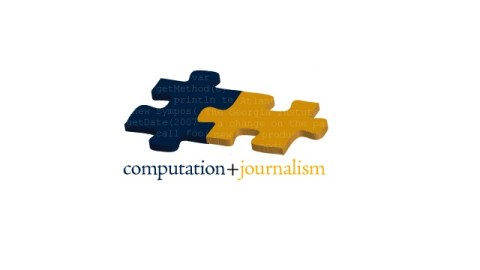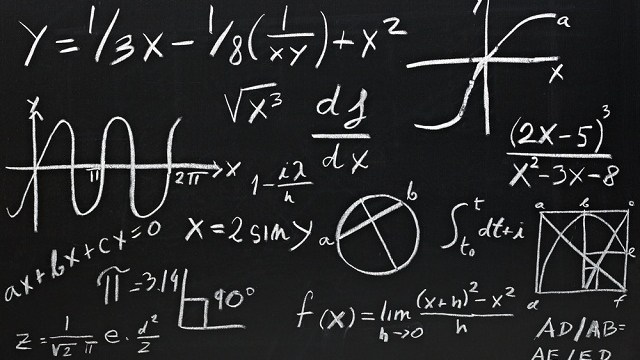Computation + Journalism: A Paradigm Shift

Last week, I had the honor of speaking at the second Computation + Journalism Symposium hosted by my alma mater, the Georgia Institute of Technology. The basic question asked by the symposium was simple: what role does computation have to play in the practice of journalism today–and, of course, in the future? After all, journalism is affected by technology in myriad ways. Between breaking news Tweets, Facebook curation and automated data aggregation, those who work in the field need to understand these trends and how they affect our work. Otherwise, they’re likely to find themselves lost in the muddle.
The symposium matched journalists with computer scientists to talk sports, image manipulation, data, tools and healthcare. It was a fascinating group–and despite very different backgrounds and goals, it soon became clear that many of us had the same feelings about how, where and why technology is changing the field. We’ve seen firsthand that journalism, as a field, is in chaos. Yet that chaos provides us a lot of opportunity.
Here are a few of the key points I took away from the meeting:
1. A journalist doesn’t have to be a graduate of journalism school. Just someone who is using critical thinking and the scientific method to help report the news. (And as an aside, we need to be teaching more critical thinking and scientific method to everyone–journalists and computer scientists alike).
2. In a 24 hour news cycle (with extra Tweets and Facebook updates to help push both information and misinformation), verification is even more important that ever before.
3. The Internet means that it’s easier for utter junk to be posted as news. But it also means that it’s easier to fix it.
4. News is inherently social. Consumers appreciate the ability to share news–but also want to add their own opinion/take on it. Instead of it happening at the water cooler, it’s now happening with social media.
5. With so much “stuff” out there in the ether, attention economy is crucial. So is trust.
6. One image, which may be a doctored image, can change the world. Again, verification is paramount.
But don’t just take my word for it, videos of all the sessions are now available online. For a good time, I highly recommend the “Image Manipulation in the News” session with Dartmouth’s Hany Farid and Storyful’s David Clinch.
And in the meantime, what do you think? How has/is computation changing the field of journalism? How should it?
Photo credit: Computation + Journalism Symposium 2013





